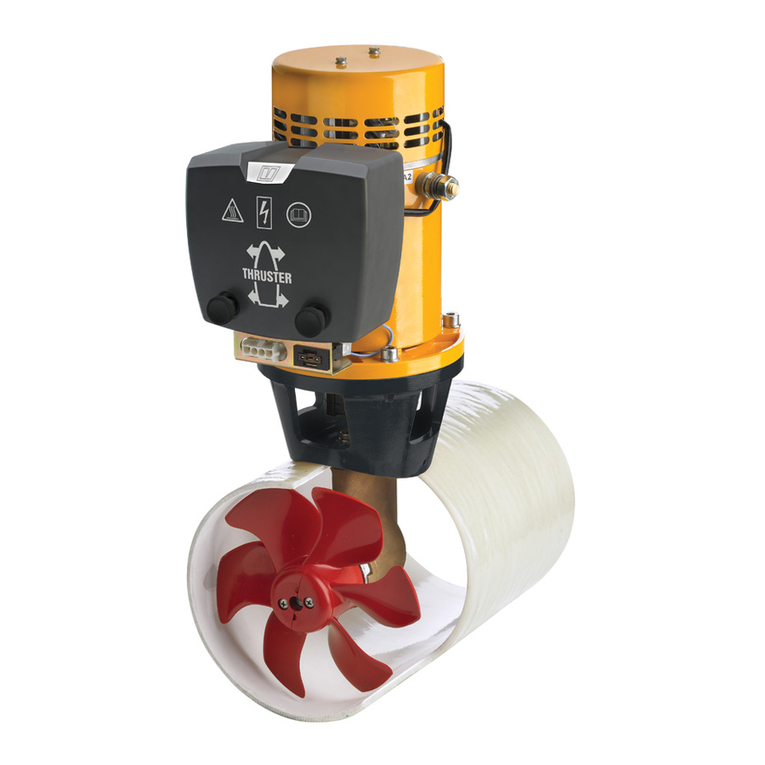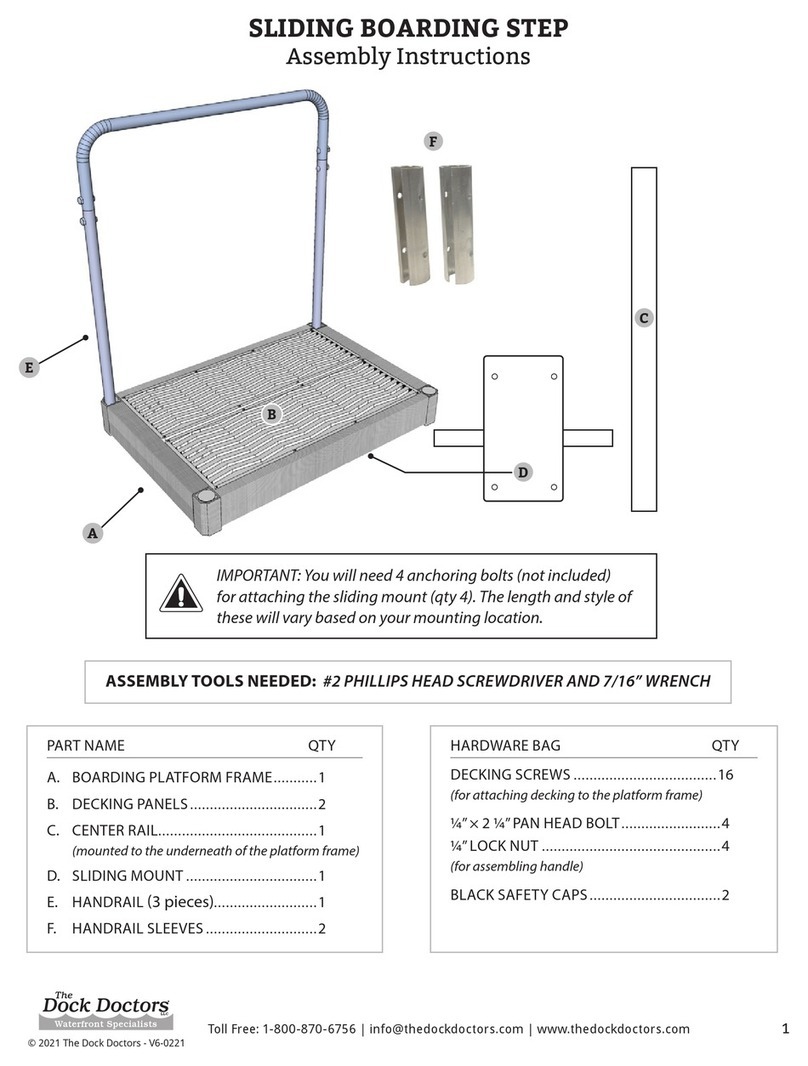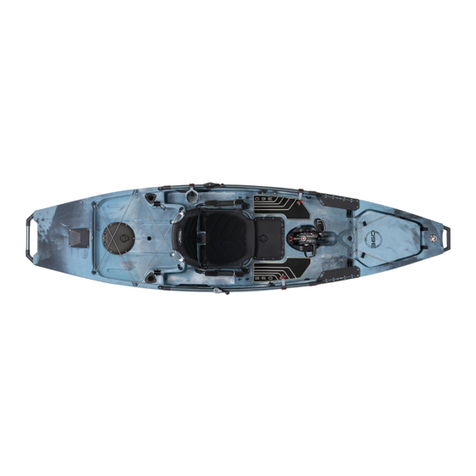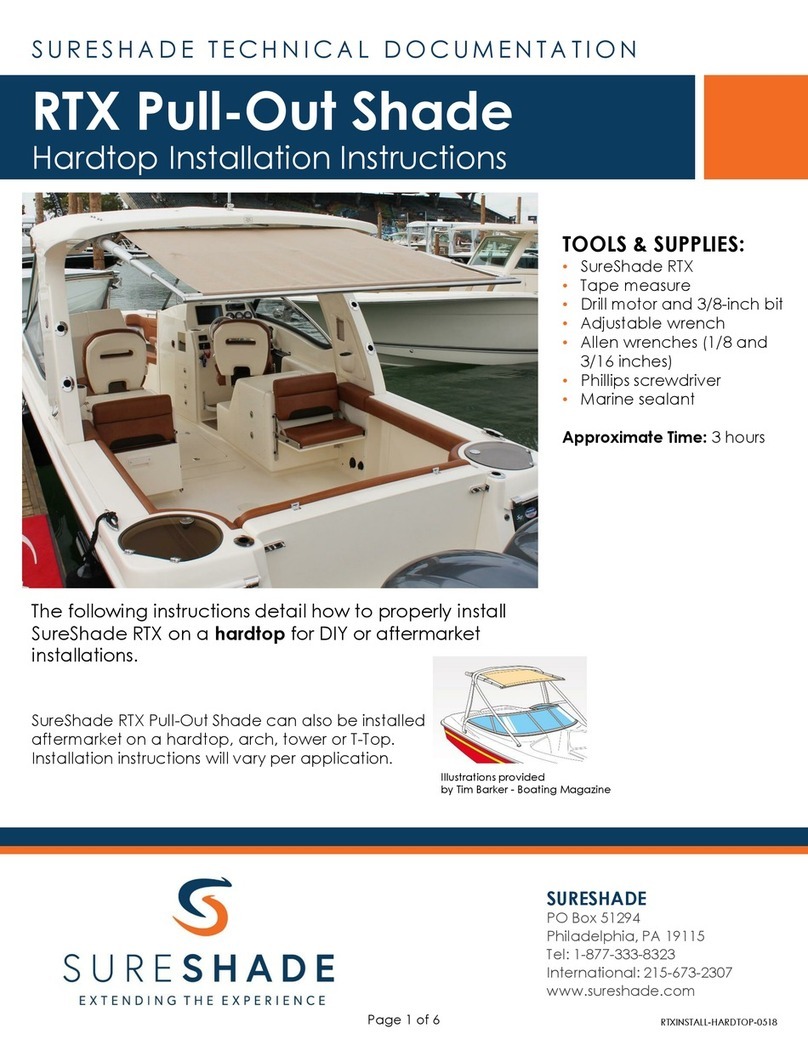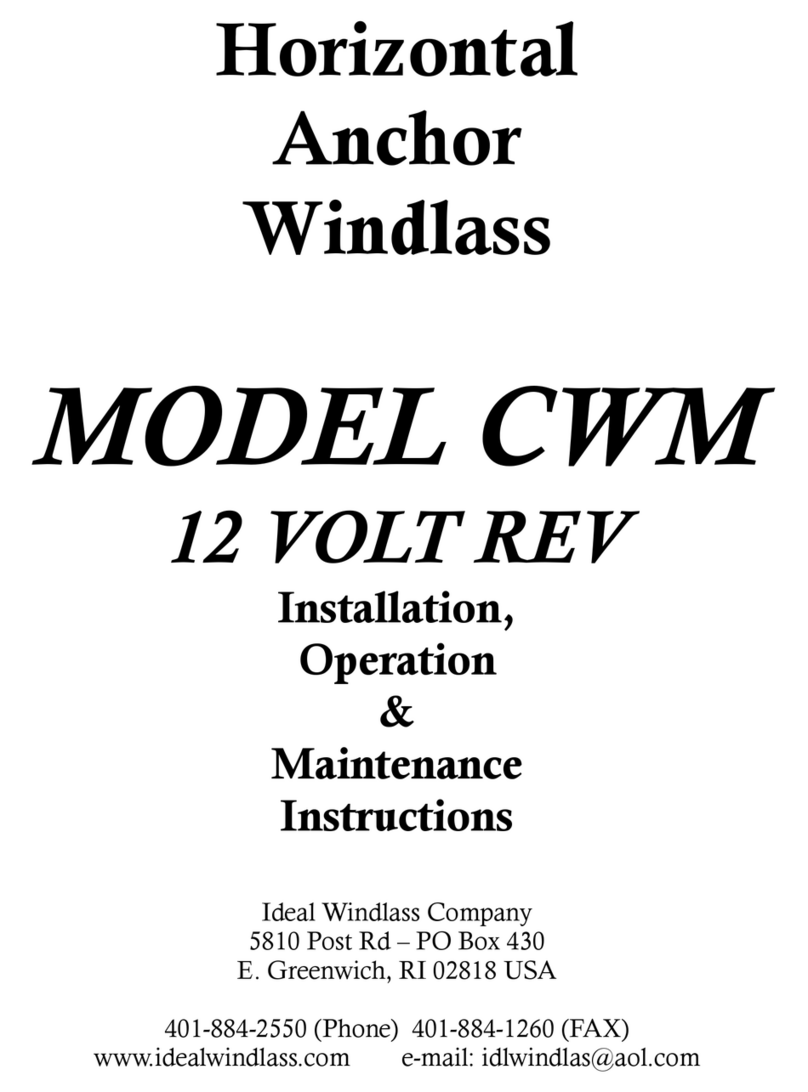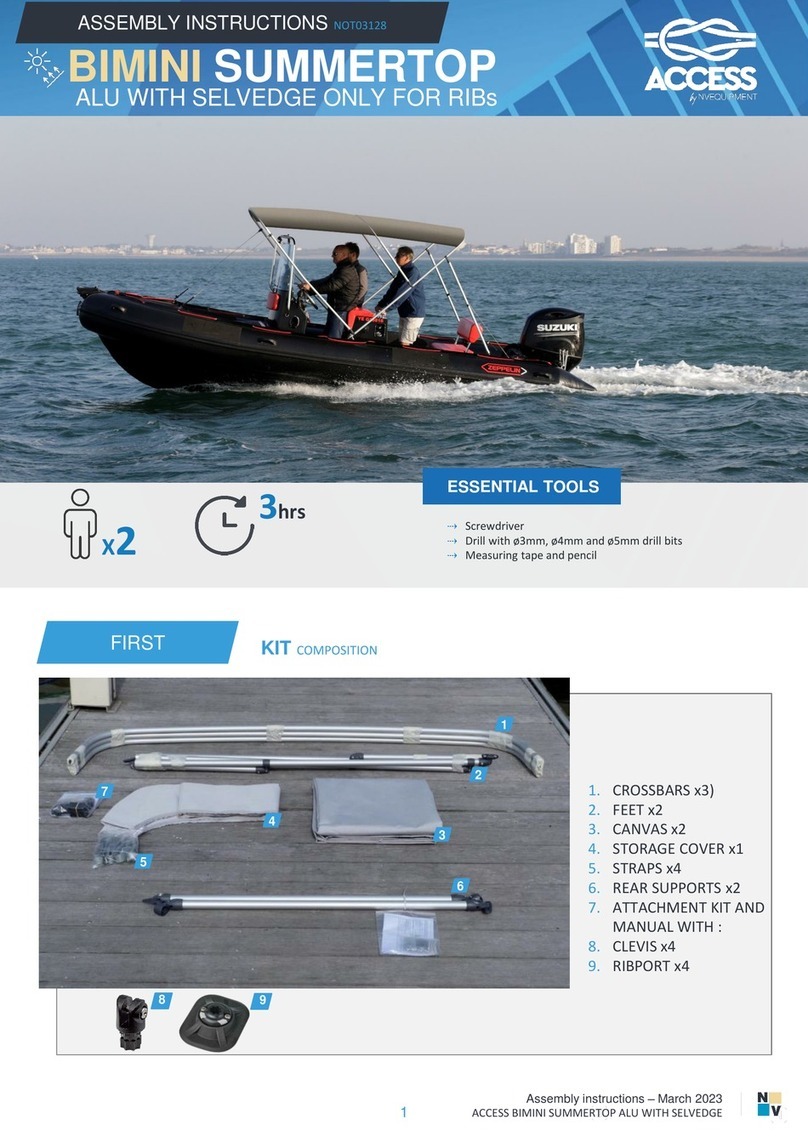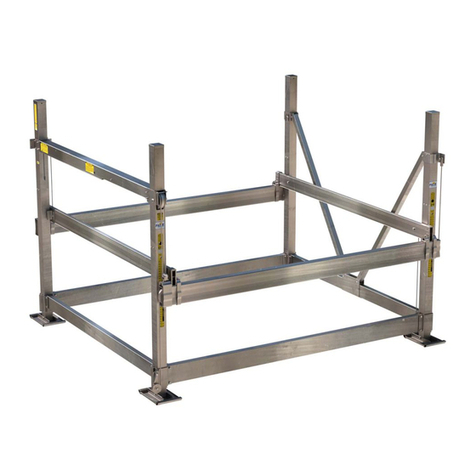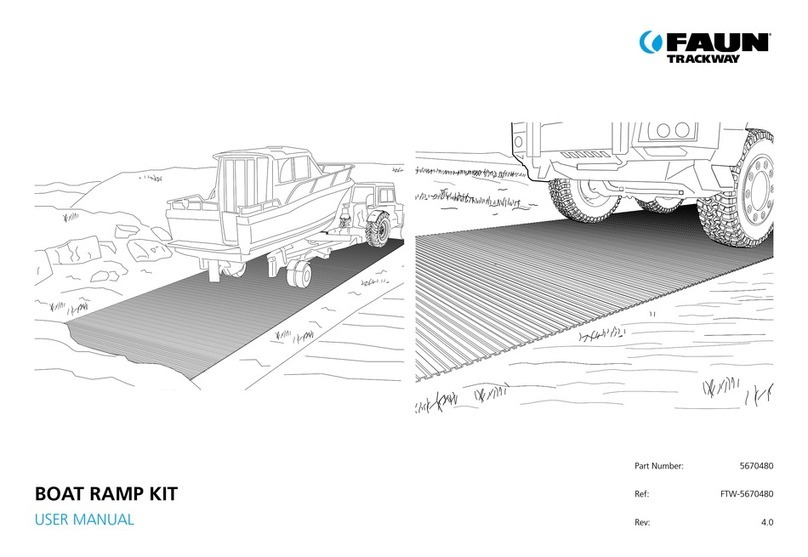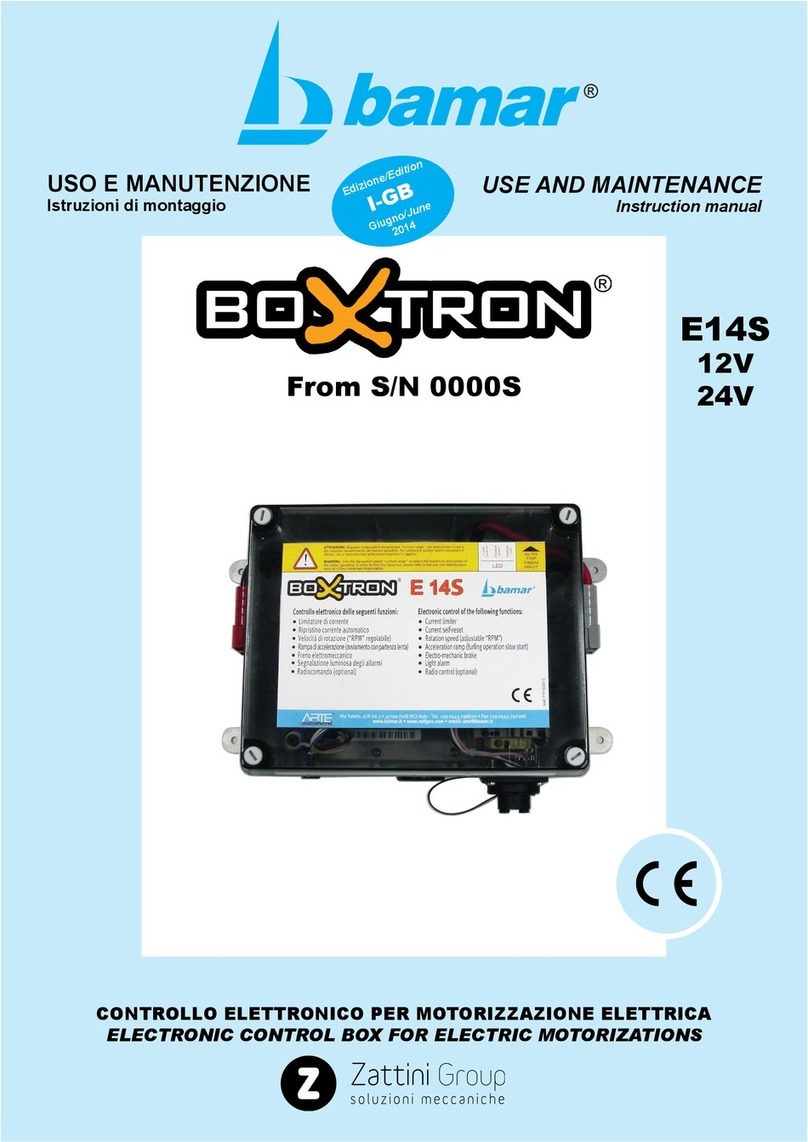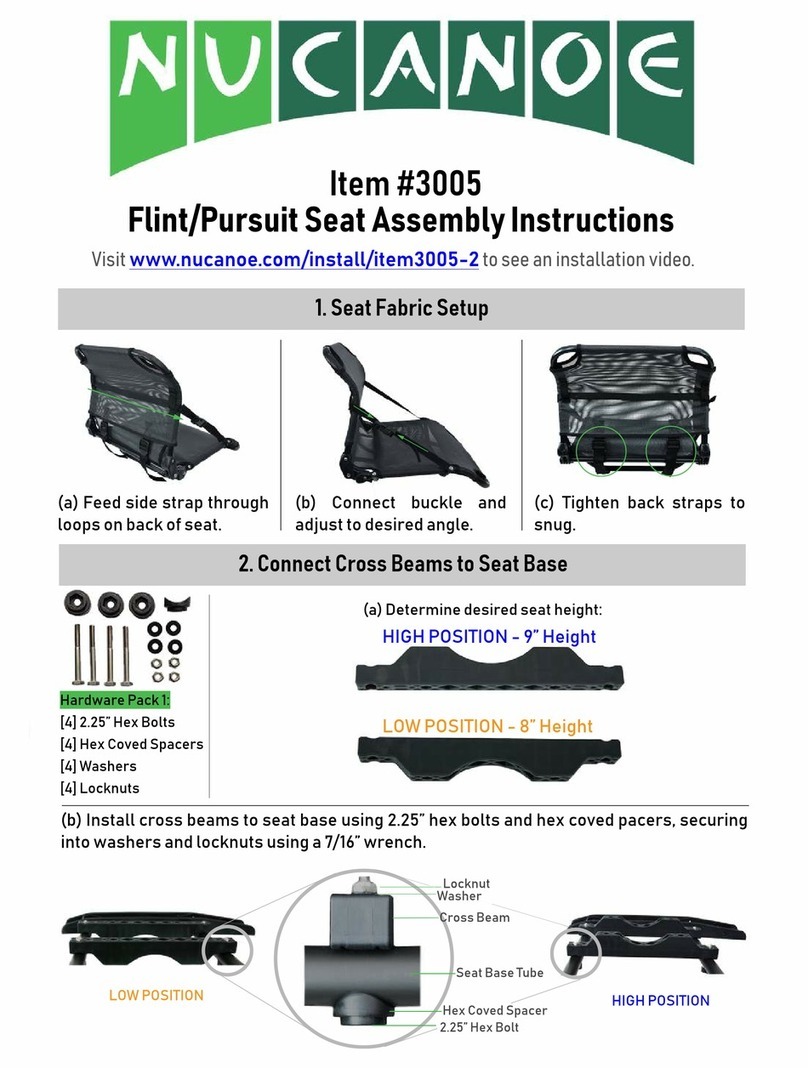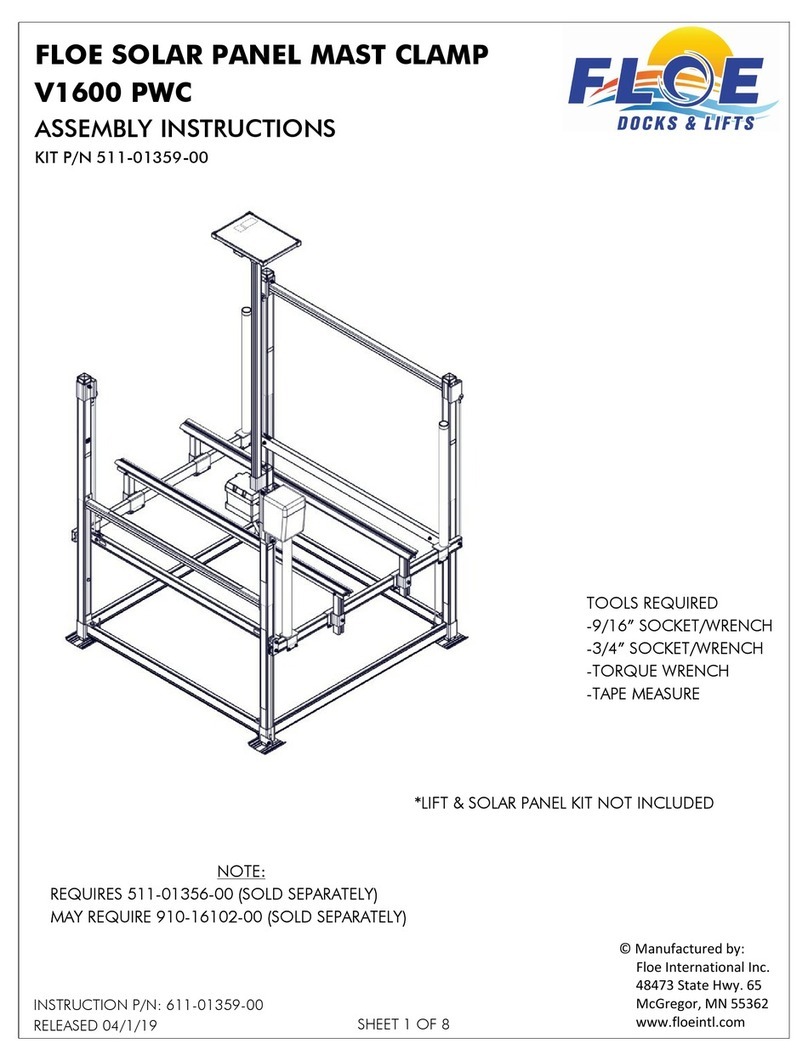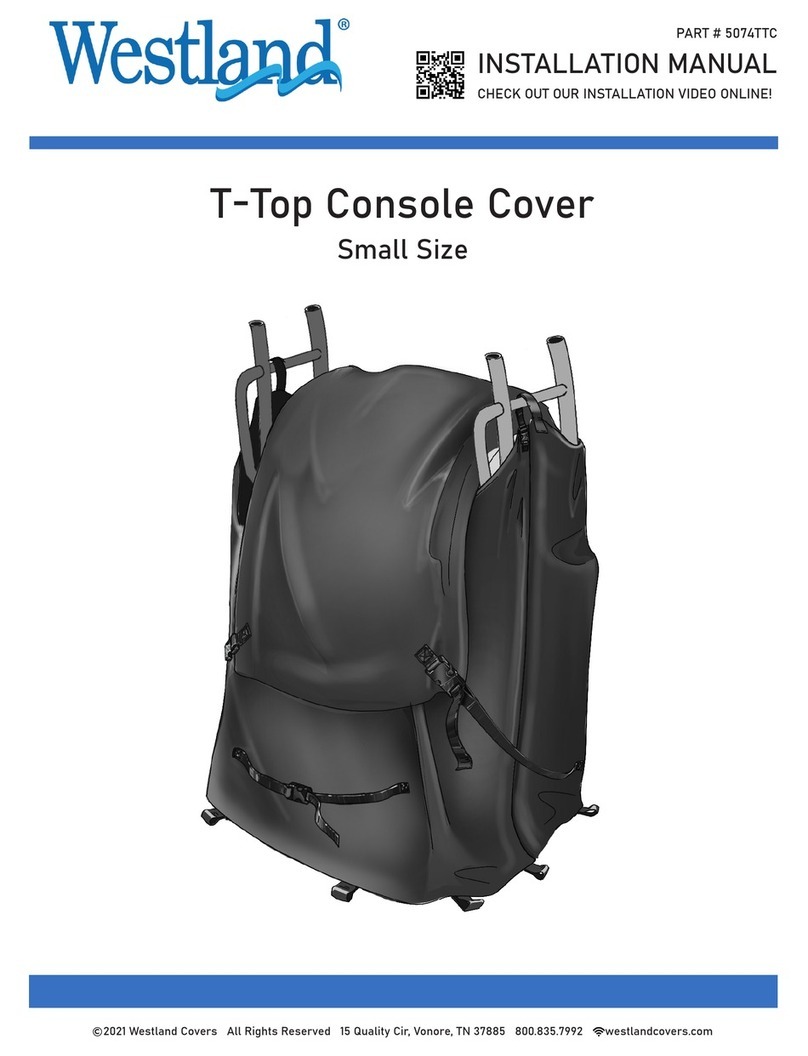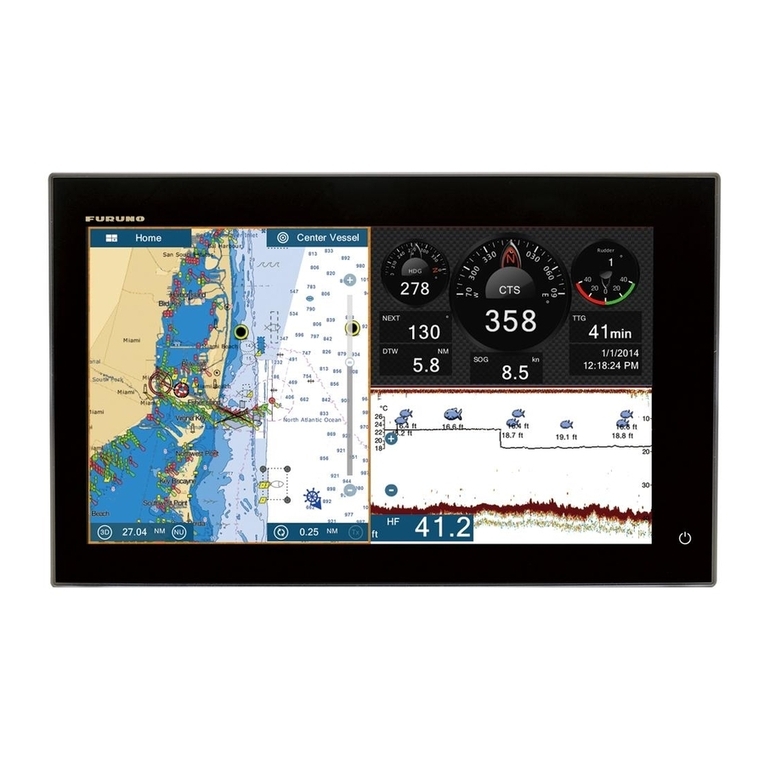
4Midi 201 2904-6 - 2019
User guide
Docking with remote control
RC-21E, RC-22E & RC-23E
1. Make sure the boat engine is running during anchoring.
2. Decide where you want to drop anchor.
3. Check that the safety line on the anchor has been loosened.
4. Turn ON the main switch of the windlass.
5. When main switch for the windlass has been switched off,
you must press down both ON buttons on the remote, be-
fore pressing DOWN button to release the anchor.
Docking with xed switch panel
1. Press the down button for at least 1 sec.
2. The anchor will drop.
3. The windlass is now released and the rope will run out in
step with the progress of the boat towards land.
4. Tie up the boat
Note!
If you are using a free-fall chain windlass, the high weight of the
chain may result in the full length of the chain being pulled out.
If so, make sure to tighten the slack once you have tied up the
boat.
Note!The windlass will always wind in slowly before it switches
to full speed. From software 1.008 can the windlass wind in with
reduced speed by double clicking the UP button.
Departing
1. Start the boat engine to charge the battery.
2. Turn on the main switch.
3. Release the mooring from land.
4. Activate the windlass.
5. Keep the up button depressed, and the windlass will pull
the boat away from land. The windlass will pull the anchor
up at full speed until the rst auto stop is activated.
After the rst auto stop:
1. Release the up button, press again and keep depressed.
2. The windlass will continue to raise the anchor slowly until
the second auto stop is activated, stopping the windlass
completely.
3. The anchor will then be correctly seated in the anchor
bracket.
4. Attach the safety line to the anchor.
5. Turn off the main switch of the windlass.
6. Have a pleasant sailing!
Note! This ONLY applies for rope windlasses and requires the
anchor rope to be correctly tted with brass wire markers.
Important! Keep an eye on the anchor when it leaves the water
and seats in the anchor bracket. This will allow you to stop the
windlass and prevent damage if the anchor pulls up foreign
objects from the seabed.
Note! If the windlass is straining while raising the anchor, it
would be a good idea to run the windlass in periods. Once the
boat has begun to move backwards, you can release the up but-
ton and then run the windlass in periods.

